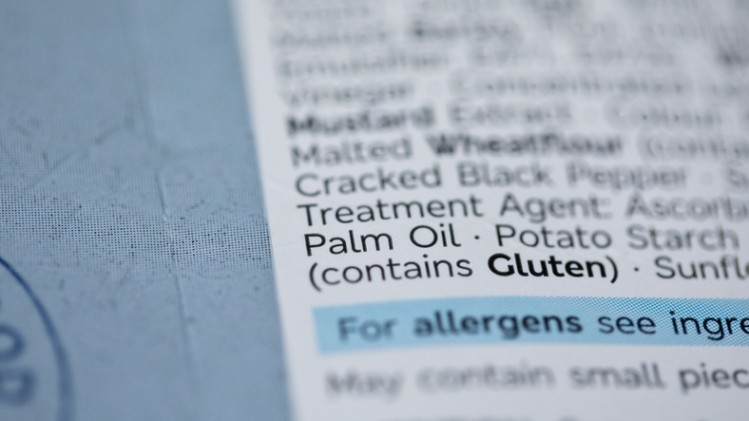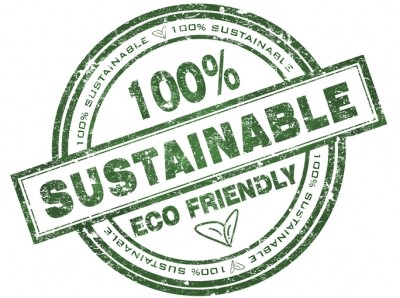Tesco defeat at EU’s highest court exposes danger of food labels getting lost in translation

The long-wrangled case goes back to 2016. The UK’s largest supermarket was selling a milk chocolate hazelnut dessert and milk chocolate hazelnut drink under the Monet brand in the Czech Republic, where it operates 180 stores.
The labels of these products contained a list of ingredients that included 'chocolate powder' or, in Czech, čokoládový prášek. But the Czech State Agricultural and Food Inspection Authority ordered Tesco to withdraw the products on the basis that the ingredients list included 'chocolate powder' without specifying its composition. Without doing so would potentially mislead consumers, it claimed. The problem? Tesco had called the ingredient čokoládový prášek and not čokoláda v prášku (chocolate in powder). In the Czech version of the Cocoa and Chocolate products directive, however, only čokoláda v prášku can be listed as the legal name. The phrase ‘chocolate powder’, to Czechs at least, wasn’t clear.
Tesco objected. It argued that the two terms were “substantively identical” and therefore its definition would not mislead consumers about the characteristics of a food, as per EU regulations (specifically, No 1169/2011).
These objections were, however, eventually rejected by the Czech authorities, by which time Tesco had already re-labelled the products. The case continued all the way to the Court of Justice.
The EU's highest court has now found against Tesco. The Court of Justice ruled that food marketers must list all food compound ingredients unless that compound ingredient is labelled in the official language version. Its ruling stated: “A compound ingredient may only be listed among the ingredients of the product without a precise specification of its composition if that compound ingredient is labelled in the precise language version of the Member State concerned.”
Further, it added designation must be affixed to the food in a language which is “easily understood by consumers of the Member State where the food in question is placed on the market”.
So, what was Tesco’s mistake? According to the case documents, it replaced the correct compound ingredient (čokoláda v prášku) with its own translation into Czech of the name of that ingredient in other language versions such as the German language version (Schokoladenpulver ) and the Polish language version (which bear the designations proszek czekoladowy and czekolada w proszku).
‘EU law trumps Google translate’
The case might seem trivial but is not inconsequential, believes Luca Bucchini, managing director of Hylobates Consulting. “It has significant implications for multilingual labels and automatic translations,” he said.
For example, if you start from the original and compliant English ‘chocolate powder’, or the German equivalent, Google Translate provides the translation that the court disagreed with.
“It is linguistically correct, but still not compliant,” noted Bucchini. “In fact, the directives are translated generally from English taking into account a number of factors.”
The ruling therefore “proves that a correct translation may be not compliant, and that appropriate regulatory translation requires a proper identification of an ingredient under applicable laws, and translation using existing regulations. This means that, at least for now, translation of food labels and ingredients cannot be left to machine translators, or to native speakers who do not understand regulations.”

























